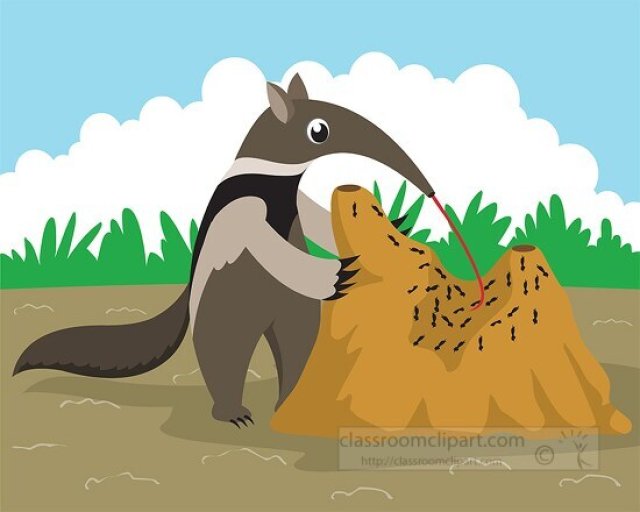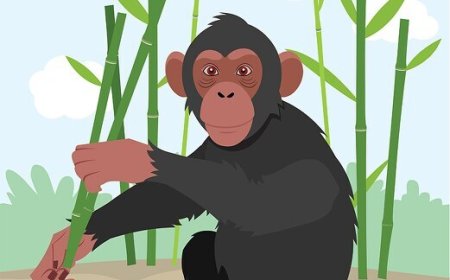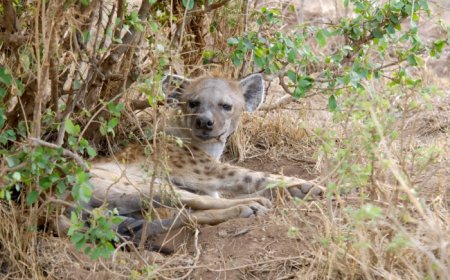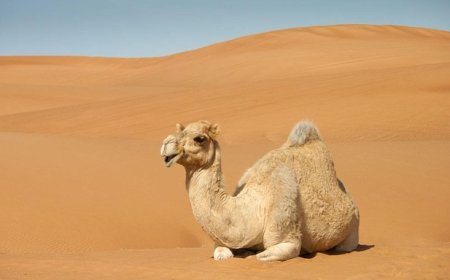Anteaters for Kids: Fun Facts, Habitats, and Adaptations
Discover amazing anteater facts for kids! Learn about their habitats, diets, unique adaptations, and why anteaters are important to the ecosystem. Perfect for student research and curious young explorers.

Anteaters (Suborder: Vermilingua)
Introduction
Anteaters, members of the suborder Vermilingua, are specialized insectivorous mammals known for their elongated snouts and sticky tongues adapted to feeding on ants and termites. Native to Central and South America, they inhabit diverse ecosystems from rainforests to grasslands. The most iconic representative is the giant anteater (Myrmecophaga tridactyla), sometimes called the "ant-bear," which is the largest and most terrestrial of the group. Despite their similar diets, anteaters are not closely related to aardvarks or pangolins—a similarity due to convergent evolution rather than shared ancestry.
Physical Description
Anteaters vary significantly in size and appearance, from the tiny silky anteater (Cyclopes didactylus), which is the size of a rat, to the giant anteater, which can reach 1.2 meters (4 feet) in body length and stand 60 centimeters (2 feet) at the shoulder.
All species share common traits:
Elongated Snout: Houses a tube-shaped mouth and a long, sticky tongue capable of extending beyond the length of the head.
Tongue and Mouth: Lacks teeth; instead, their tongues are covered in sticky saliva and filiform papillae (tiny hooks) to trap insects. The tongue can flick up to 150 times per minute.
Limbs: Equipped with strong forelimbs and large, curved claws used for tearing into insect nests and self-defense.
Tail: Most species except the giant anteater have a prehensile tail, used for climbing and grasping branches.
Fur: Dense and long, especially in the giant anteater, serving as protection against ant and termite bites.
Coloration varies:
Giant Anteater: Gray with a broad black-and-white diagonal stripe across the shoulders.
Tamanduas: Yellowish-white with black side patches.
Silky Anteater: Yellowish and soft-coated.
Habitat and Distribution
Anteaters are widely distributed throughout Central and South America:
Giant Anteater: Terrestrial, found in savannas, open grasslands, and lowland forests.
Tamanduas (Tamandua tetradactyla and Tamandua mexicana): Arboreal and terrestrial, preferring dry forests near water.
Silky Anteater: Exclusively arboreal and resides in dense tropical forests, especially in the hottest regions.
Despite their extensive range, anteaters are never found in large numbers due to their specific dietary needs and solitary nature.
Diet and Feeding Behavior
Anteaters are obligate myrmecophages—animals that feed almost exclusively on ants and termites. Different species exhibit distinct foraging strategies:
Giant Anteater: Primarily terrestrial, feeds on ground-dwelling insects.
Tamanduas: Opportunistic, foraging both in trees and on the ground.
Silky Anteater: Specializes in arboreal insects on small branches.
Feeding involves:
Tearing open a nest with powerful claws.
Flicking their sticky tongue rapidly to gather insects.
Spending no more than a minute at each nest to avoid defense mechanisms of ants and termites.
A giant anteater may visit up to 200 nests per night and consume thousands of insects to meet its energy requirements.
Digestive System
Without teeth, anteaters rely on:
A muscular stomach similar to a bird’s gizzard.
Swallowed sand and dirt to aid in grinding food.
Side-to-side jaw movements to assist with swallowing.
Reproduction and Lifecycle
All anteaters are solitary except during mating and mother-offspring bonding periods. Reproduction typically results in:
One offspring per birth.
A gestation period varying between species.
In the giant anteater, the baby rides on the mother's back for several months.
Young are nurtured for several months until they can forage independently. The mother will often defend her young with aggressive displays if threatened.
Behavior and Social Structure
Anteaters are mostly solitary and nocturnal or crepuscular (active at dawn and dusk), depending on the species and habitat:
Giant Anteaters are strictly terrestrial and can be active during the day in protected areas.
Tamanduas and Silky Anteaters are more arboreal and prefer nighttime activity.
They are generally non-aggressive but will defend themselves fiercely with foreclaws if cornered. Their gait is unique, with foreclaws curled inward to prevent wear.
Conservation Status
Giant Anteater (Myrmecophaga tridactyla)
IUCN Status: Vulnerable
Threats: Habitat loss, roadkill, fire, and poaching.
Range Decline: Extirpated in several parts of its range including Guatemala, Uruguay, and parts of Brazil.
Tamanduas and Silky Anteater
Generally listed as Least Concern, but habitat fragmentation poses a long-term risk.
Efforts to protect anteaters include:
Conservation of protected areas.
Road signs in key habitats to reduce collisions.
Education to reduce hunting and trafficking.
Cultural Significance
Anteaters, while not as embedded in mythology as some animals, appear in folklore and symbolism:
Seen as emblems of patience and persistence due to their slow, methodical foraging.
In Brazilian mythology, the anteater is sometimes considered a trickster figure.
Featured in local crafts and occasionally in national advertising due to their unique appearance.
They also have made appearances in cartoons and children's books, often as quirky or gentle characters due to their unusual look and diet.
Interesting Facts
Not Related to Aardvarks: Despite eating ants and having similar body shapes, they belong to completely different orders.
Tongue Marvel: The anteater’s tongue can measure over 60 cm (24 inches) in length and flicks up to 150 times per minute.
Silent Eaters: Anteaters do not destroy nests completely—this ensures a future food source.
Efficient Defense: Their forelimbs are so powerful that even large predators can be seriously injured by a defensive strike.
Low Metabolic Rate: Anteaters have one of the lowest body temperatures of any placental mammal—about 33°C (91.4°F)—an adaptation to their nutrient-scarce diet.




















































